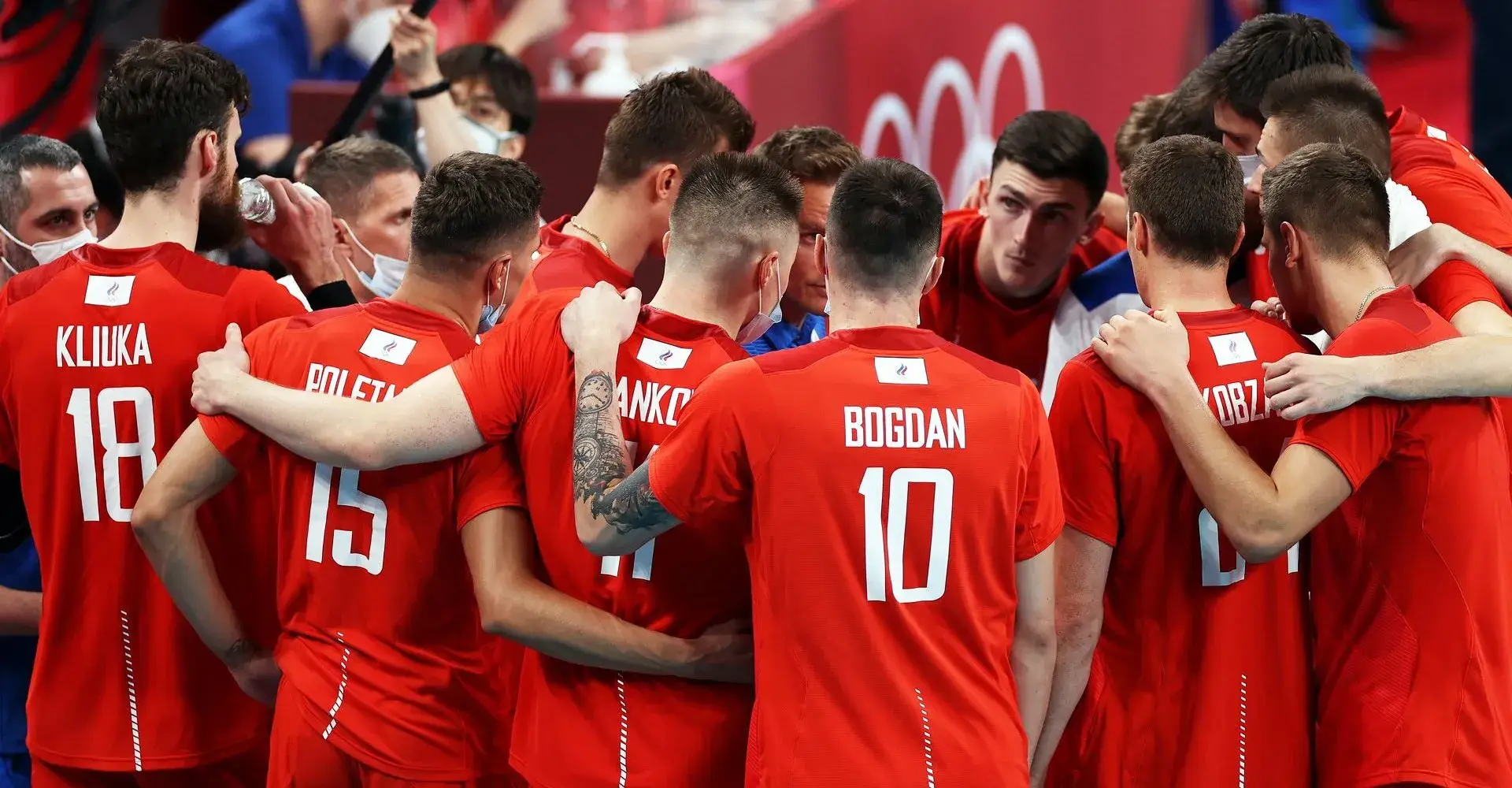Muscle mass is lost, joints lose mobility, immunity weakens, and metabolism slows down. Aging is a physiological process, but not a sentence. Healthcare practice confirms that systematic physical activity can push back biological clocks and preserve functionality.
That is why the question of why engage in sports is considered a strategic measure—not only for health strengthening but also for maintaining independence in mature age. Regular activity becomes a support capable of replacing pharmacological drugs and, in some cases, preventing their necessity.

Age-related body transformation: the impact of workouts
With age, the levels of testosterone and growth hormone decrease, leading to muscle mass loss. Simultaneously, fat layer increases, joint quality worsens, and the risk of injuries rises. Even moderate workouts activate anabolic processes and stimulate muscle fiber growth.
Bones strengthen, coordination improves, stress levels decrease, and sleep deepens. Medical statistics prove that physically active elderly individuals suffer less from fractures and recover faster after surgeries. This is one of the clear arguments for engaging in sports at every stage of life.
How does sports affect mental health and cognitive functions?
Memory decline, concentration impairment, and decreased motivation are common companions of aging. However, due to hippocampus activation and increased dopamine production, sports have a positive impact on the brain. Regular exercise contributes to dementia and Alzheimer’s disease prevention.
Through workouts, neurotrophins are produced—proteins that support neural connections. This is why the benefits of sports in mature age are not only about physical strengthening but also about preserving mental potential. An active lifestyle boosts self-esteem and reduces the risk of depressive disorders.
Reasons to engage in sports in mature age
Formulating an answer to why engage in sports after 50 helps assess the risks associated with inactivity:
- acceleration of age-related changes and decline in functional mobility;
- increased likelihood of chronic inflammations and pain syndromes;
- development of diabetes, hypertension, eating disorders, and excess weight;
- worsening of heart condition, rhythm disturbances, and vascular weakness;
- reduced immunity and increased sensitivity to seasonal infections;
- memory degradation, emotional reactions decline, and decreased stress resilience.
All these listed risks can be controlled through physical activity. Thus, the benefits of physical exertion are confirmed by life expectancy and quality statistics.
Why endurance is more important than speed?
The question “why engage in sports” often wrongly associates with intense workouts. However, for an elderly body, endurance is more crucial than speed—body’s ability to adapt to stress and recover effectively.
Gradually developing endurance stabilizes breathing, improves cardiovascular system function, strengthens immunity, and reduces peak pressure fluctuations. Even simple daily walks bring noticeable effects with sufficient regularity.
Engaging in sports for preventing age-related pain
A sedentary lifestyle often leads to chronic pains in the back, knees, neck. Age exacerbates conditions, but physical activity is an effective preventive measure. Exercises stimulate the production of synovial fluid, nourishing the joints, and improve muscle fiber flexibility.
With stable workouts, pain sensitivity decreases due to increased endorphin levels. The question of why engage in sports becomes particularly relevant when it comes to reducing pharmacological dependence and preserving mobility without medication intervention.
How sports affect metabolism and cardiovascular system in the body?
Age-related metabolic changes are accompanied by decreased insulin sensitivity, weight gain, and increased bad cholesterol levels. Regular activity activates fatty acid oxidation, normalizes lipid profile, and prevents diabetes development.
The heart and vessels adapt to moderate stress, reducing blood pressure levels and decreasing the risk of heart attack. Thus, the benefits of physical activity go beyond local effects and encompass the entire body.
Longevity and active aging: the connection is proven
According to the World Health Organization, active elderly individuals live on average 7-10 years longer. This concerns not only lifespan but also quality. Physical potential is maintained, cognitive clarity is supported, and mobility level is preserved.
Health becomes a result of habits, not pharmacology. Therefore, the question of why engage in sports is directly linked to extending a full and independent life!
Sport formats suitable for the elderly
The choice of direction depends on age, fitness level, and health condition. The most effective formats are:
- swimming—gentle format with uniform muscle load;
- Nordic walking—excellent solution for osteoporosis prevention;
- yoga—improves flexibility and reduces anxiety without overload;
- Pilates—gentle deep muscle work and posture strengthening;
- low-impact gym equipment—works on endurance and heart strengthening;
- group classes—additional motivation and social interaction source.
The choice of a specific format depends on individual indicators, but regularity remains a key condition.
Reasons not to postpone physical activity
Summarizing medical and psychological reasons, key factors confirming the necessity of movement include:
- functionality restoration and pain reduction;
- reduction of chronic diseases risk;
- immunity strengthening and metabolism acceleration;
- improvement of mental state and memory;
- increase in self-esteem and social activity;
- fracture prevention and joint preservation;
- formation of stable habits and routine.
All these aspects make physical activity a vital foundation for a mature and fulfilling lifestyle.

Conclusion
Delayed actions in youth always have consequences in maturity. However, even with a late start, aging processes can be reversed—not entirely, but noticeably.
Arguments in favor of why engage in sports are increasing: body protection, cognitive abilities maintenance, pain reduction, endurance enhancement, and overall life quality improvement. The main focus should be on consistency, not intensity, readiness to act, not age!
 en
en  de
de  ar
ar  es
es  hi
hi  fr
fr  nl
nl  it
it  pt
pt  el
el 










